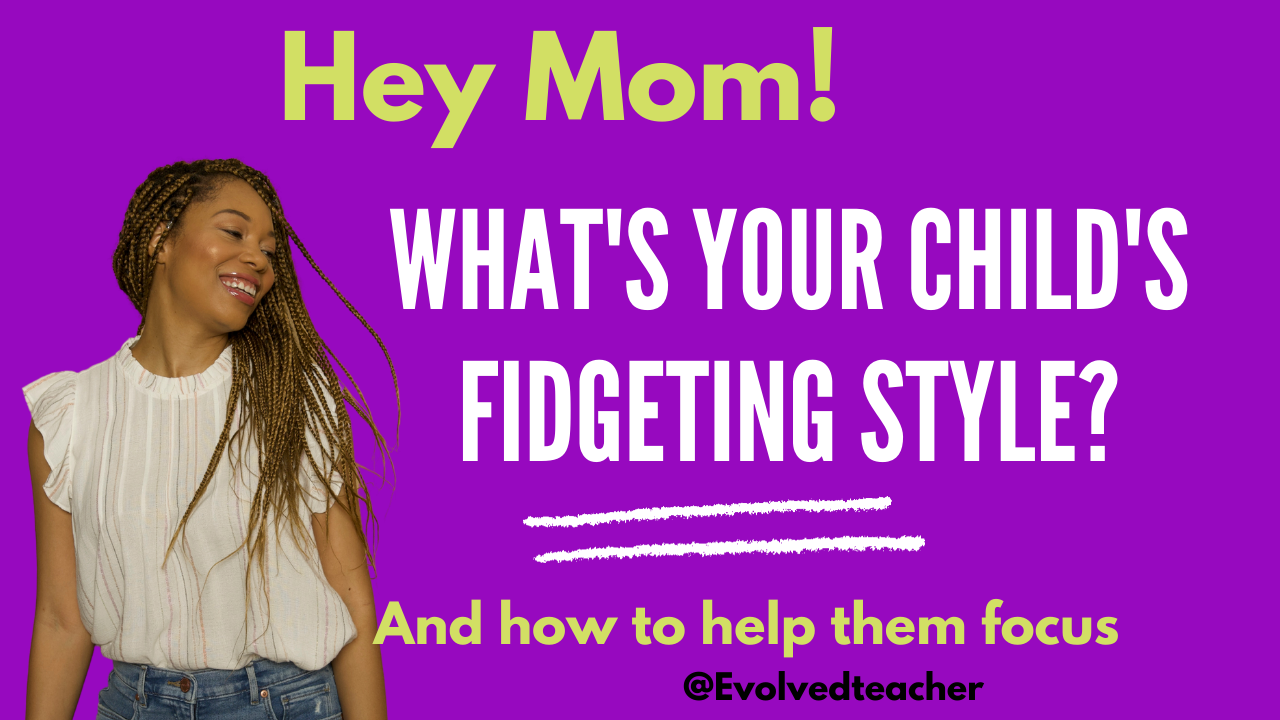What's your child's fidgeting style and how to help


Fidgeting is NORMAL... but we fidget in different ways.
What's your type of "zoom call bored?"
Do you play with your pen cap? Tap your foot? Puff out your cheeks and blow? We are all fidgety, just like kids.
Check out this guide to figure out your child's unique type of fidgeting and how to support them with the tools they need to stay physically occupied, but mentally focused while remote learning.

Busy Hands
If your child has "busy hands," they may play with their pencils, tap their desks, or seem to always have something... in their hands!
Support them by giving them a sketch pad and art supplies to doodle with (off camera).

Busy Mouths
My younger sister would often chew her tongue while drawing and coloring. Some children sing, make silly sounds, or even chew things.
You could support a child with a “busy mouth” by giving them something warm, like tea, to sip slowly during their lesson.
You may also try chewable pencil toppers.

Busy Touch
Textures really help to keep some children physically stimulated when focusing. For them, it isn’t necessarily about moving their hands, it’s about what they are actually touching and how it feels. You could support a child with “busy touch” by providing them with clay or play dough to squish around, theraputty, a stress ball, or balls of cotton pull apart.

Busy Body
I often have students who always seem to need to get out of their seats, kick things in front of them, or shift their weight. Sound familiar?
You could help a child with a “busy body” to stay focused by switching their chair with a balance ball, a wobble chair, or an under-desk bike.
You may also consider wrapping resistance bands around the legs of their chair, or the desk in front of them, to give them something to bounce their feet on.

Fidgeting is perfectly normal.
There's no need to constantly tell your child to "sit still" or "stop wiggling."
Studies have proven that keeping ourselves physically occupied, in fact, helps us to focus more deeply. Support your child's fidgeting by giving them the physical stimuli that keeps them "busy" in their unique way.
(We're all doing our best.)

